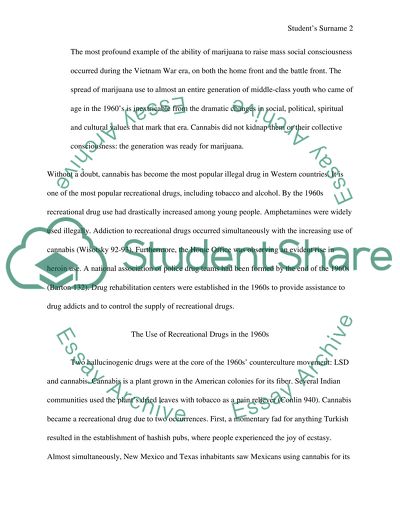Cite this document
(“What motivated people to use recreational drugs in the 1960 Essay”, n.d.)
What motivated people to use recreational drugs in the 1960 Essay. Retrieved from https://studentshare.org/english/1459563-what-motivated-people-to-use-recreational-drugs-in
What motivated people to use recreational drugs in the 1960 Essay. Retrieved from https://studentshare.org/english/1459563-what-motivated-people-to-use-recreational-drugs-in
(What Motivated People to Use Recreational Drugs in the 1960 Essay)
What Motivated People to Use Recreational Drugs in the 1960 Essay. https://studentshare.org/english/1459563-what-motivated-people-to-use-recreational-drugs-in.
What Motivated People to Use Recreational Drugs in the 1960 Essay. https://studentshare.org/english/1459563-what-motivated-people-to-use-recreational-drugs-in.
“What Motivated People to Use Recreational Drugs in the 1960 Essay”, n.d. https://studentshare.org/english/1459563-what-motivated-people-to-use-recreational-drugs-in.


